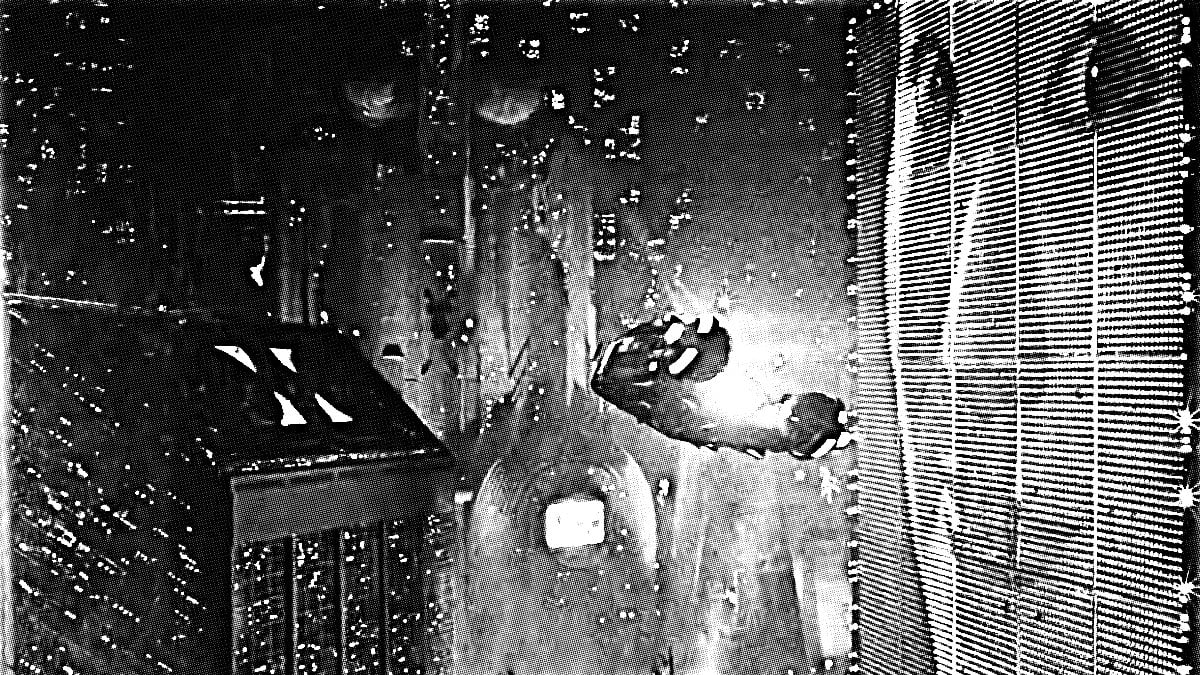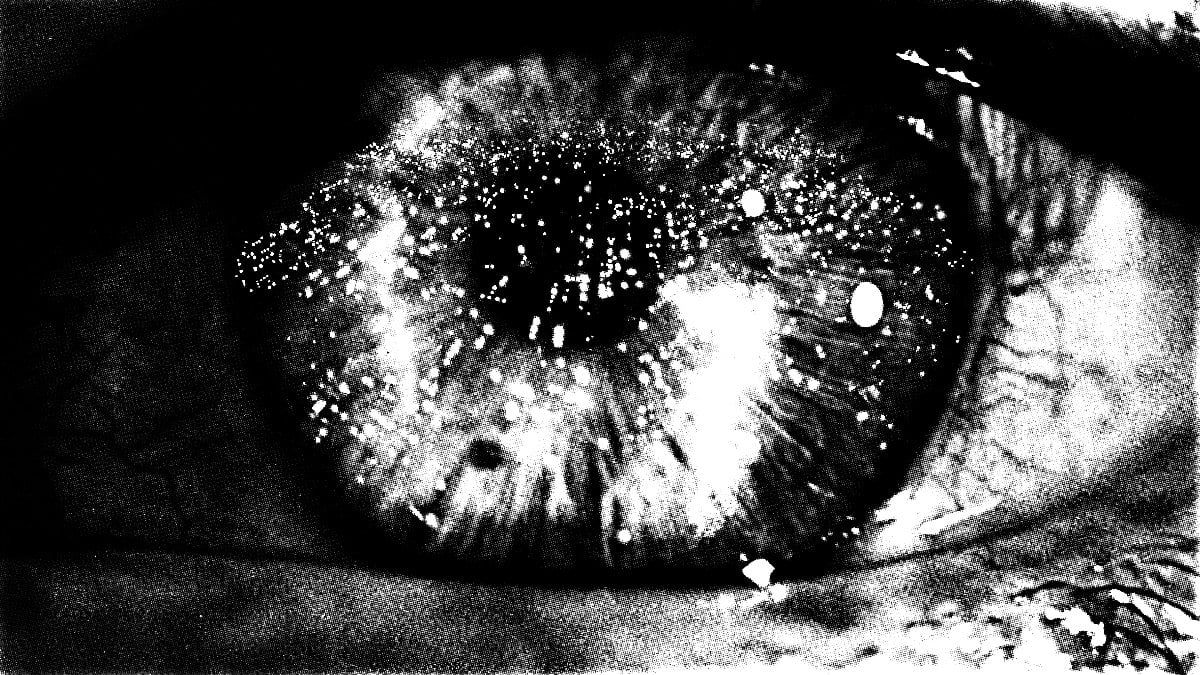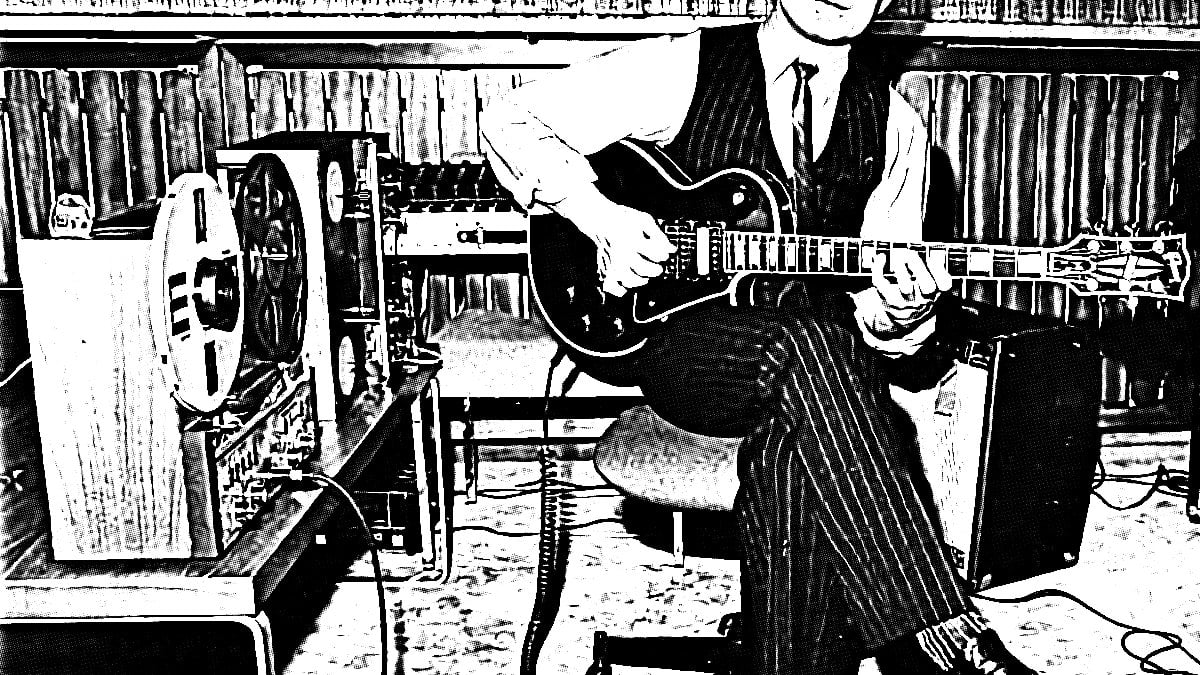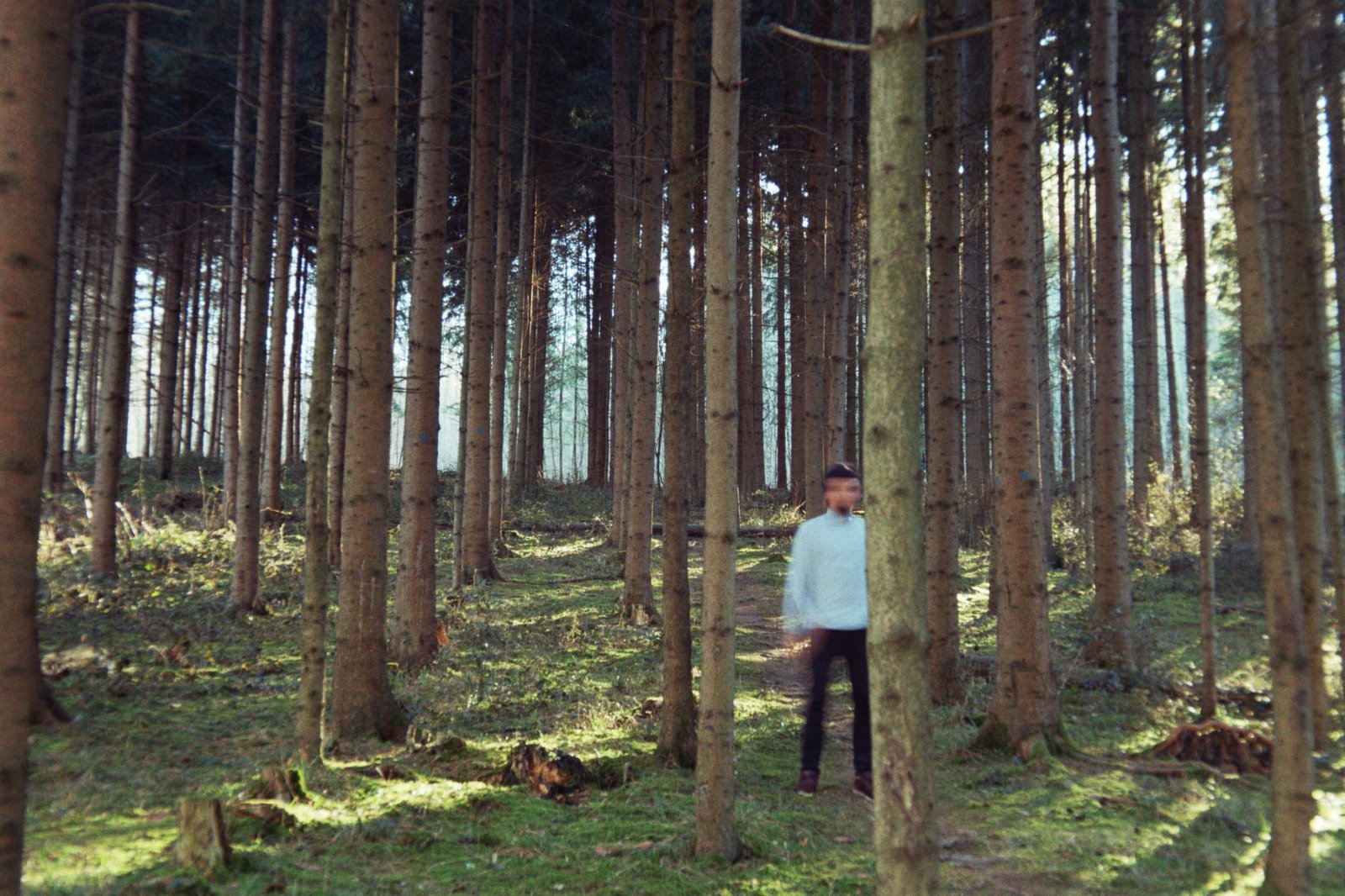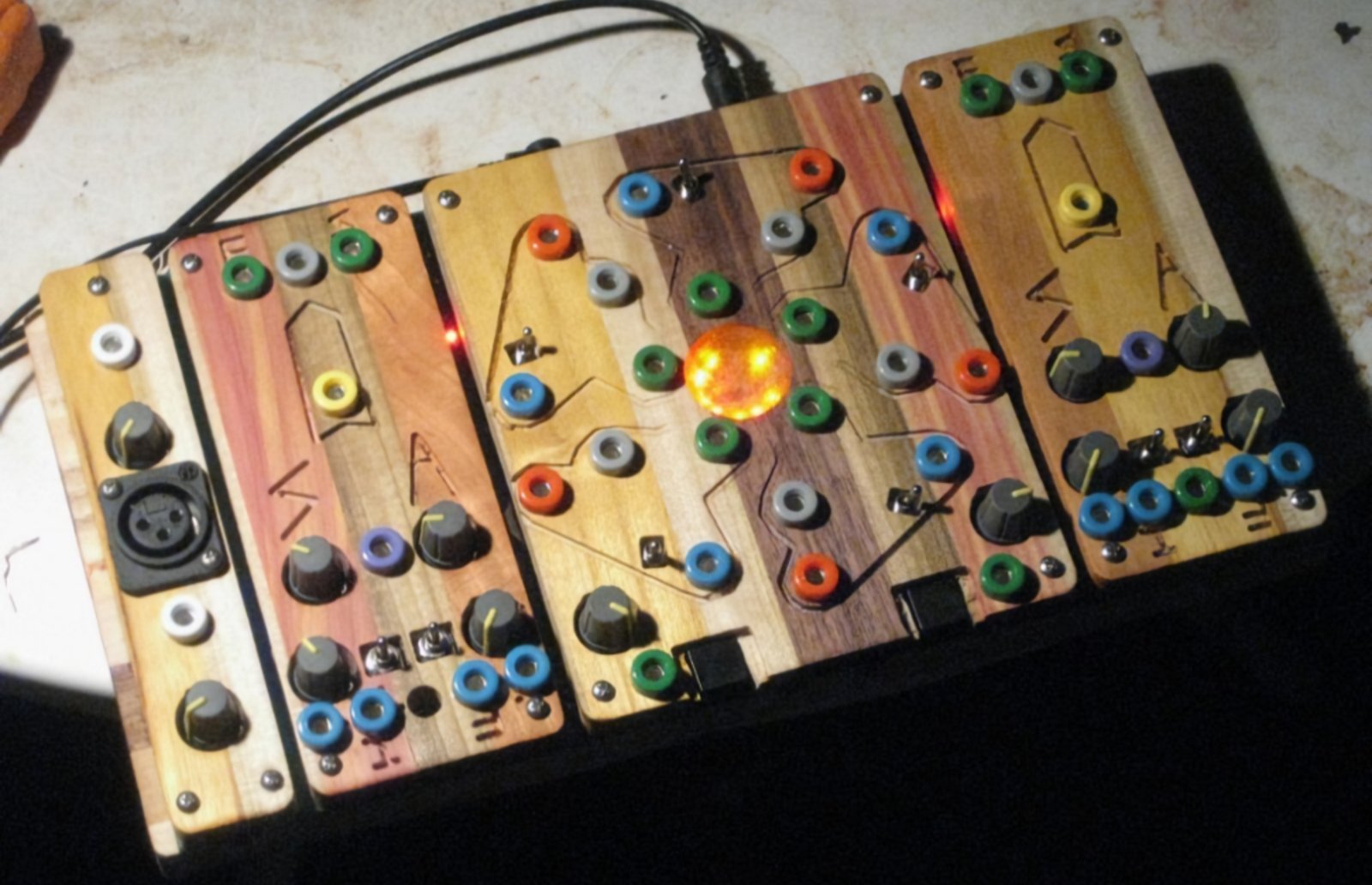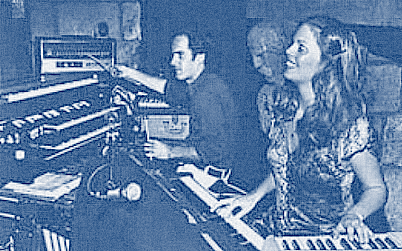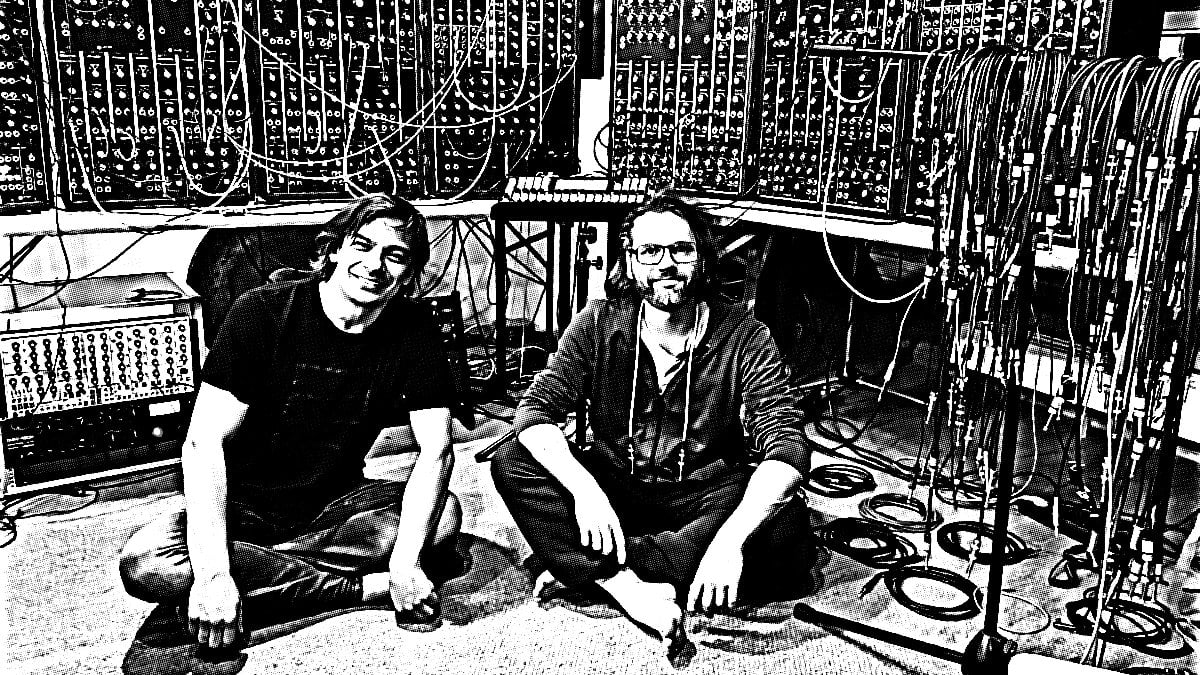
In Japanese folklore, you’ll find the Shinto idea of the tsukumogami, an inanimate object occupied by a spirit. The spirit becomes present in a thing over use and time — after one hundred years in the case of the tsukumogami. And the object-as-spirit remembers its treatment by a prior owner. If the object was previously abused, then the tsukumogami wrecks vengeance, even if it’s now in the hands of a different owner. I assume this works the other way around if the item was held in reverence.
I approached my conversation with the German duo Ströme with this concept in mind. The two members — Mario Schönhofer and Tobias Weber — are loud and proud gearheads who create an eclectic flavor of modern-sounding but vintage-charged electronic music on an impressive variety of classic circuit-based instruments. As you’ll hear in the interview, Ströme are not only passionate and knowledgable but also respectful and pious toward their gear. As a result, Ströme’s instruments will undoubtedly spawn good-natured tsukumogami.
But the conversation yields another twist to the possibility of historical essence within an object. For the duo’s debut full-length album, Nr. 2, Ströme managed to get ahold of the first Moog synthesizer to cross the German border. Purchased by Eberhard Schöner, founder of the first laboratory for electronic music in 1968 at Bavaria Studios, this particular Moog IIIp made appearances on recordings you might know. The Beatles’ “Here Comes The Sun?” Check. Giorgio Moroder’s “I Feel Love?” Check! And so it was that Ströme ended up with the keys to the car, so to speak, and unrestricted access to a synthesizer that assuredly has a contented tsukumogami flowing through its circuitry.
As for Ströme, the duo formed in 2015, bonded by this love of electronic music and the quirky technology that makes it. The three-song Nr. 1 was released by fabled imprint Compost Records and dutifully announced the pair’s distinctive mixture of Krautrock textures and nightclub rhythms. The third track on the EP is a recording of a live session in Leipzig, showcasing the importance of live performance to the execution of Ströme. Mario and Tobias bravely lug their phalanx of analog, modular, and often vintage music machines on tour, leading to uncompromising and sometimes unpredictable performances.
This energy pops and fizzes throughout Nr. 2‘s 14 tracks. There are plenty of club-focused moments, but these hang alongside contemplative synth wanderings and motorik rhythm sections. Ströme ties their thread thickly to the reigning historical champions of German ‘kosmische’ music, whether we’re obviously talking about Kraftwerk and Tangerine Dream or, more esoterically, in the realm of Cluster, Neu!, and Popol Vuh. As you’ll hear in the conversation, Mario and Tobias are acutely aware of their place in the lineage. And the addition of fellow vintage synth fiend Nick McCarthy (formerly of the Glaswegian band Franz Ferdinand) on a few songs emboldens rather than obscures the connection, especially on the transcendent indie-shimmer of “Stadlberg.”
I had the pleasure of firing up Zoom with Mario and Tobias some weeks ago to speak about a variety of topics. Those subjects include previous owners of the machines we use, the challenges of analog synthesis on the road, if live bands or DJs are better at ‘feeling the crowd,’ and lots of gear talk. I mean, lots of gear talk. If you’re into vintage synthesizers then this interview is your jam. For a taste, I’ve transcribed an excerpt below where Mario and Tobias explain how Ströme got ahold of the infamous Moog IIIp in the first place. Please enjoy our entire 35-minute conversation in the handy audio player.
❋-❋-❋-❋-❋-❋-❋-❋
MD: The album uses all this vintage gear, but it doesn’t have a nostalgic sound. I’d say it sounds quite modern. Is that intentional? Is it difficult not to fall into a trap of making things sound vintage when using this historical gear?
MS: Well, when Eberhard Schöner first gave access to the old [Moog IIIp] from 1969, we were very impressed [with its capabilities].
MD: So this was the original Moog that was used by the Beatles and has a ton of history behind it.
MS: Yeah. We met Eberhard at a garden party.
TW: At first, he was like, “ah, these young guys, huh?”
MS: I asked him before we left the party, “can we just see the Moog synthesizer?” We never saw Moog that old. It’s number ‘7’ or something. He said, “yes, come on by.” In about two or three weeks, we saw the system. Eberhard switched it on, we played for a bit, and then we had a coffee. After a couple of hours, Eberhard and his wife said, “we are leaving for about a week. You can stay here. You can use the fridge; it’s full. And you can do as much with the Moog synthesizer as you want.”
TW: That was really crazy! (laughs)
MS: Yeah, that was! We were driving home, and I was crying. It was a lifelong dream to be with this machine. I knew the sound of it since I was a kid. From Georgio Moroder’s “I Feel Love” to these kids’ TV series that Eberhard created music for. I knew this synthesizer, the sound.
TW: This was really special. They live in an old farmhouse on a mountain with a studio that was active in the eighties …
MD: That sounds like a Conny Plank kind of situation!
MS: Yeah, it was! And, of course, we knew who Eberhard was. I knew that he bought the first Moog synthesizer in Germany. It was such an honor just to meet this guy. And when we got there, it turned out to be the greatest experience.
TW: And what’s crazy is next door to the studio was the house where Popol Vuh was living. And they bought the second Moog in Germany because they saw Eberhard’s. And he told us the guys from Tangerine Dream were coming around and checking out the Moog, and they bought it because of him. Then Eberhard was lending it to Georgio Moroder to produce all this stuff. And now the synthesizer’s in a museum.
MD: I saw that!
MS: It was amazing. When we were recording with the old Moog, we could feel that a lot of music was made on this instrument.
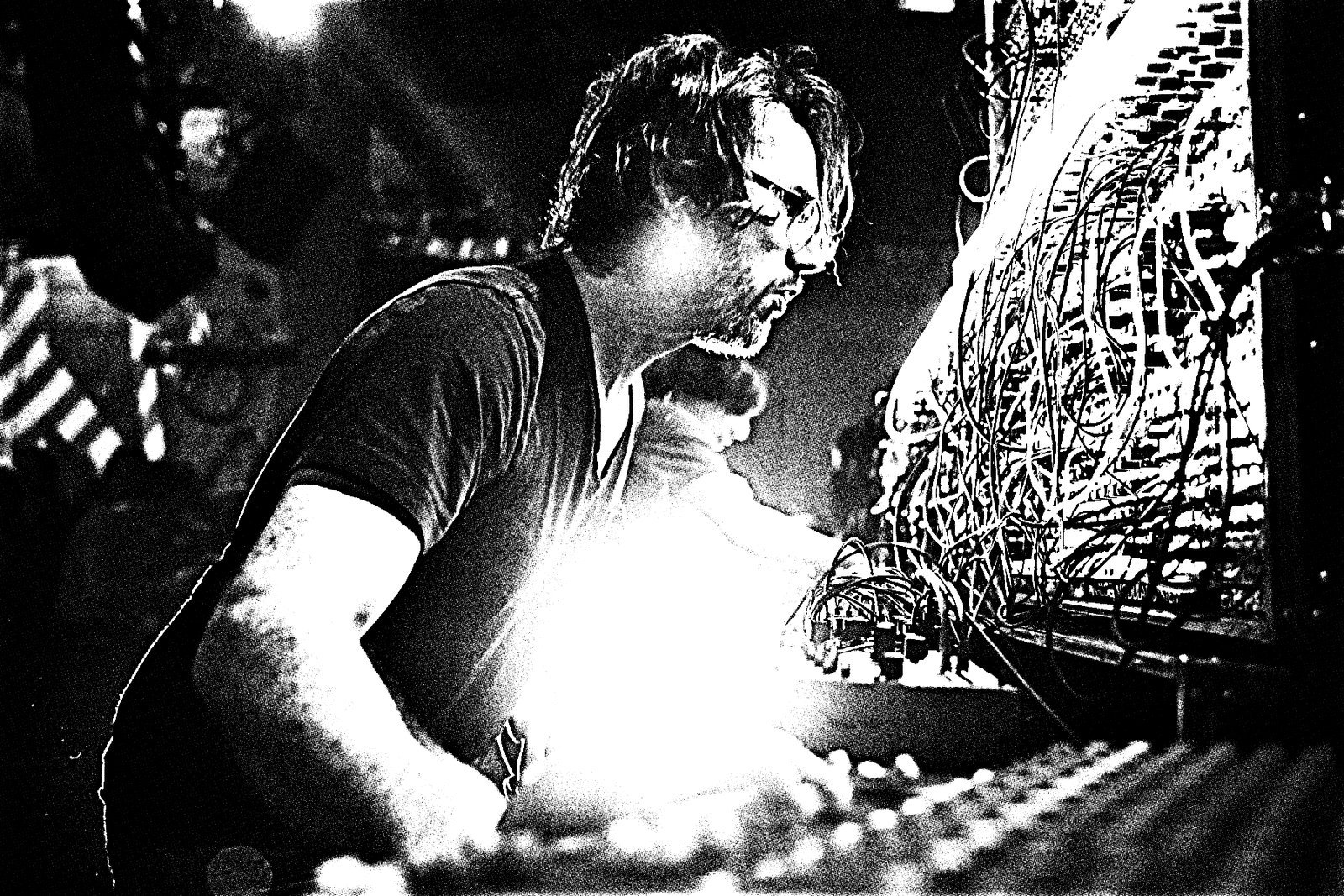
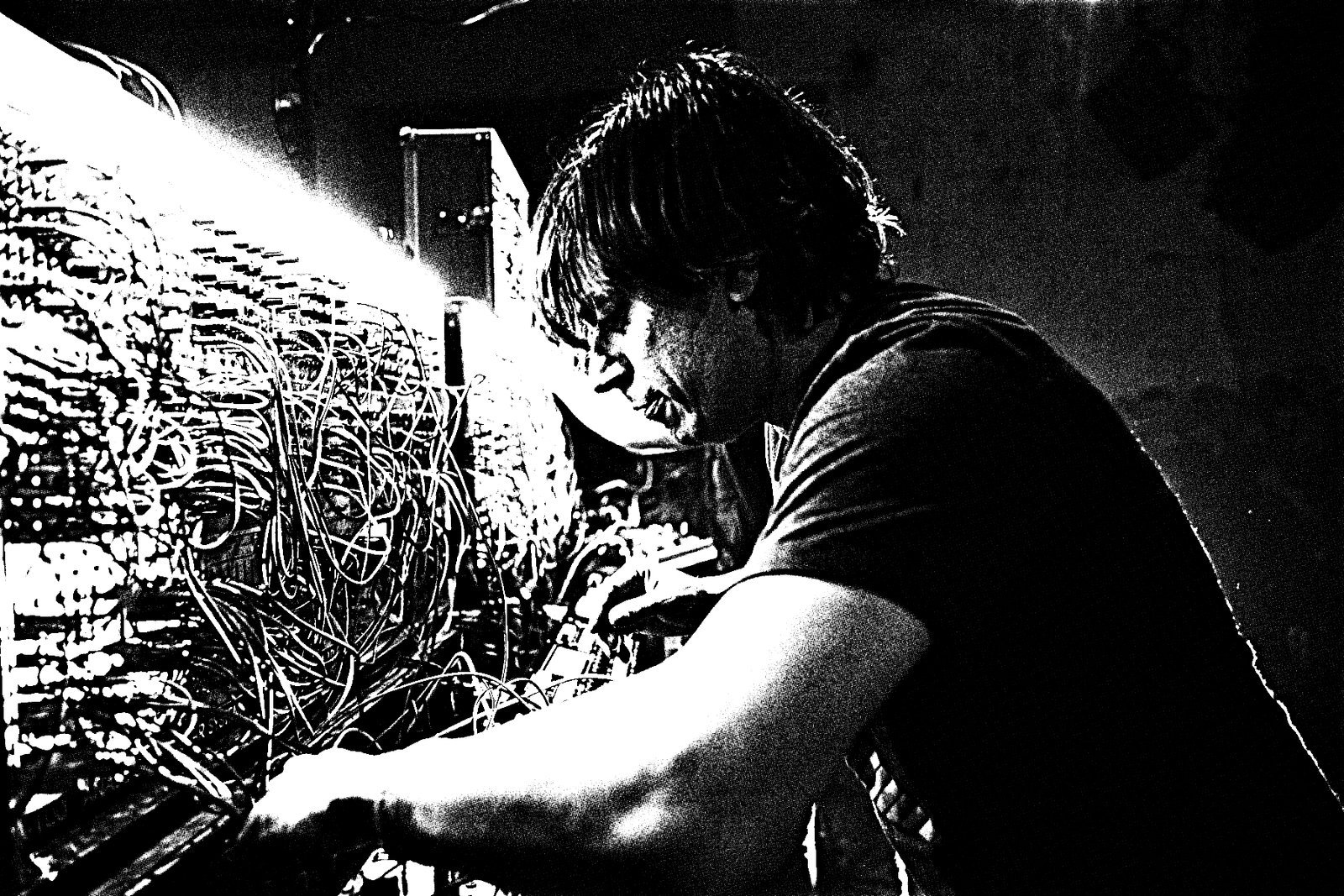
TW: I’m not as keen on Moog synthesis like Mario, but when I started making sounds from it, I was thinking, “This sounds like it could be played right now in Berghain.” It’s not vintage at all.
MS: We set up the Moog on the floor intending to do a real Krautrock week, you know. And so Tobias was wiggling knobs on the Moog, and I came into the studio, and it sounded like the most modern drum loop ever. We really thought the people in the sixties and seventies just weren’t ready for these sounds. It was like back in the future.
TW: When you play a JX-8P or something, you always have this vintage sound. But with a Moog from 1969, you just make your music. It’s so modern sounding.
MS: Since that time, I’m working nearly exclusively with the [reissued] Moog IIIp because I found out what Bob Moog intended this instrument to be. It’s a machine able to produce any kind of sound on a timestamp. It’s like you have currents saved on magnetic tape, and this machine should be able to emulate all kinds of waveforms occurring on the tape. So there are many tricks Bob Moog incorporated into this instrument. Tricks from old sound engineers. It’s unbelievable what Bob Moog invented.
MD: Does the Moog appear on most of the new album?
MS: There are some overdubs made with the new Moog IIIp we got in 2019. But it took some time to get it to sound really good. It needs some time to burn in its circuits, you know. It’s like a new violin — it needs to be played.
MD: That’s fantastic. You definitely don’t have that feeling with the JX-8P and gear like that,
MS: It took nearly half a year before I made its first serious recording. The machine was running 24-7 to get it in shape; to get the capacitors and everything to work properly together. And you really can hear it. But now the old Moog is in a museum and that’s a big honor for Eberhard, that his synthesizer will be shown for 200 years in the German museum and his heritage will carry on. And I’m happy with my new Moog. There’s no need for us to change.
→ Ströme’s Nr. 2 is out now on Compost Records. It’s available on Bandcamp and all the streaming places.
